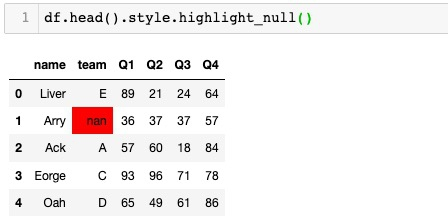我有大量的经度和纬度数据对应于美国的快餐店.对于每个快餐店,我想知道5英里范围内还有多少其他快餐店.我可以像这样使用Geopy在Pandas中进行计算(DataFrame中的每一行都是不同的快餐店):
import pandas as pd
import geopy.distance
df = pd.DataFrame({'Fast Food Place':[1,2,3], 'Lat':[33,34,35], 'Lon':[42,43,44]})
for index1, row1 in df.iterrows():
num_fastfood = 0
for index2, row2 in df.iterrows():
# calculate distance in miles between longitude and latitude
dist = geopy.distance.vincentydistance(row1[['Lat','Lon']],
row2[['Lat','Lon']]).miles
# if fast food is within 5 miles, increment num_fastfood
if dist < 5: # if less than five miles
num_fastfood = num_fastfood + 1
df.loc[index1, 'num_fastfood_5miles'] = num_fastfood - 1 # (subtract 1 to exclude self)
但这在非常大的数据集(即50,000行)上非常慢.我考虑过使用KDTree进行搜索,但好奇是否其他人可以使用更快的方法?
解决方法:
使用scipy.spatial.cKDTree的实现:
from scipy.spatial import cKDTree
def find_neighbours_within_radius(xy, radius):
tree = cKDTree(xy)
within_radius = tree.query_ball_tree(tree, r=radius)
return within_radius
def flatten_nested_list(nested_list):
return [item for sublist in nested_list for item in sublist]
def total_neighbours_within_radius(xy, radius):
neighbours = find_neighbours_within_radius(xy, radius)
return len(flatten_nested_list(neighbours))




